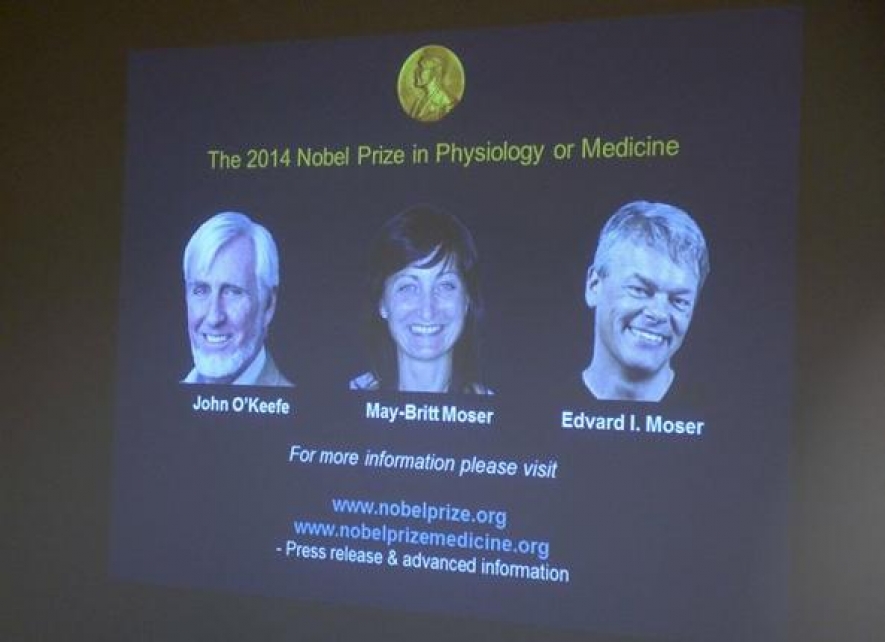This “inner GPS” helps explain how the brain creates “a map of the space surrounding us and how we can navigate our way through a complex environment,” the Nobel Assembly said.
O’Keefe, of University College London, discovered the first component of this positioning system in 1971 when he found that a certain type of nerve cell was always activated when a rat was at a certain place in a room.
Thirty--four years later May-Britt and Edvard Moser, of the Norwegian University of Science and Technology in Trondheim, identified another type of nerve cell that generates a coordinate system for precise path—finding, the assembly said.
It said that knowledge about the brain’s positioning system may “help us understand the mechanism underpinning the devastating spatial memory loss” that affects people with Alzheimer’s disease.
The Nobel awards in physics, chemistry, literature and peace will be announced later this week. The economics prize will be announced next Monday.



















